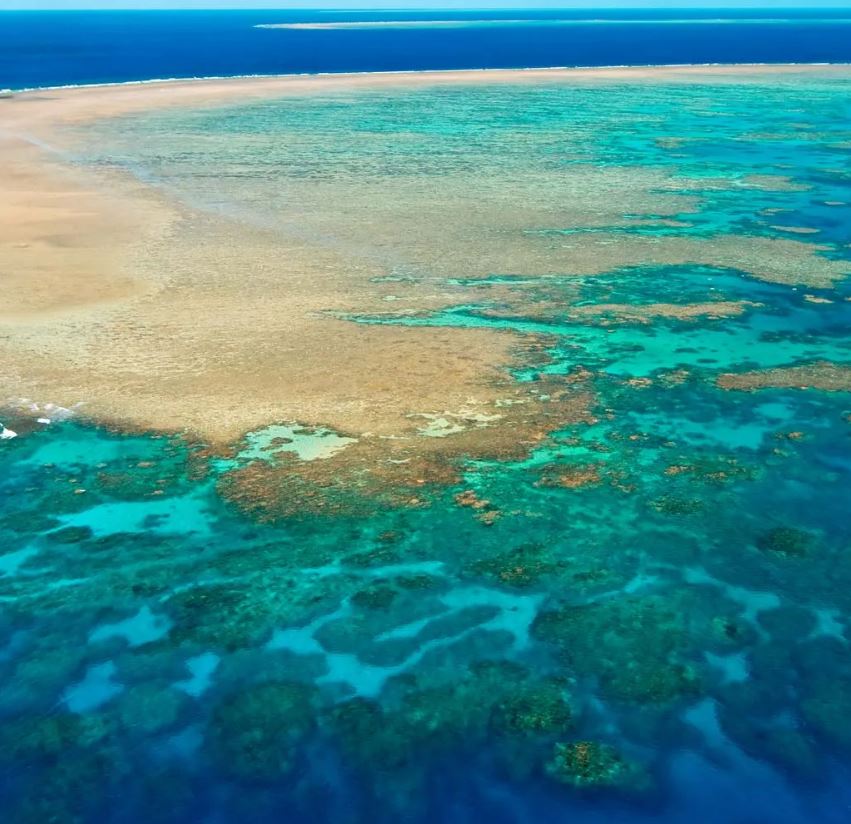Top 25 Interesting Things About the World We Live In
The world we live in is a fascinating place, filled with wonders that often leave us in awe. From the depths of the oceans to the vastness of space, our planet and the universe beyond are brimming with mysteries and marvels. Here are 25 interesting things about the world that will make you see it in a whole new light.
1. The Earth’s Core is as Hot as the Sun
The Earth’s core reaches temperatures of up to 9,932°F (5,500°C), which is almost as hot as the surface of the Sun. This immense heat is responsible for the planet’s magnetic field and the movement of tectonic plates.
2. There are More Stars in the Universe than Grains of Sand on Earth
The universe is unimaginably vast. Astronomers estimate there are about 1,000 stars for every grain of sand on Earth. That’s roughly 10^22 stars!
3. The Deepest Part of the Ocean is the Mariana Trench
The Mariana Trench in the Pacific Ocean is the deepest part of the world’s oceans, reaching depths of about 36,070 feet (10,994 meters). To put that into perspective, Mount Everest would fit inside with room to spare.
4. Bananas are Radioactive
Bananas contain potassium, and a small fraction of that potassium is radioactive. But don’t worry—you’d need to eat millions of bananas in one sitting to feel any effects.
5. The Earth is Mostly Unexplored
Despite our technological advancements, more than 80% of the world’s oceans remain unmapped and unexplored. We know more about the surface of Mars than we do about our own ocean floor.
6. There’s a Fungus in Oregon That Covers 2,385 Acres
The Armillaria ostoyae, or honey fungus, in Oregon’s Malheur National Forest is one of the largest living organisms on Earth. It’s estimated to be around 2,400 years old.
7. The Great Barrier Reef is Visible from Space
The Great Barrier Reef off the coast of Australia is the largest living structure on Earth and is so massive that it can be seen from space.

8. The Earth’s Atmosphere Extends Beyond the Moon
The Earth’s atmosphere doesn’t just stop at the Kármán line (62 miles above sea level). It actually extends far beyond, with a thin layer of hydrogen atoms reaching up to 390,000 miles—beyond the Moon!
9. There’s a Lake That Turns Animals into Stone
Lake Natron in Tanzania has such a high alkaline content that it can calcify animals that fall into it, turning them into stone-like statues.
10. The Coldest Place on Earth is in Antarctica
The East Antarctic Plateau holds the record for the coldest temperature ever recorded on Earth: a bone-chilling -144°F (-98°C).
11. The Earth is Not a Perfect Sphere
Due to its rotation, the Earth bulges at the equator and is slightly flattened at the poles, making it an oblate spheroid.
12. There’s a Species of Jellyfish That Can Live Forever
The Turritopsis dohrnii, also known as the “immortal jellyfish,” can revert its cells back to their earliest form and start its life cycle anew, essentially making it biologically immortal.
13. The Sahara Desert Was Once a Lush Forest
Around 10,000 years ago, the Sahara Desert was a green, fertile region with lakes, rivers, and abundant wildlife. Climate change transformed it into the arid landscape we know today.
14. The Earth’s Magnetic Field is Weakening
The Earth’s magnetic field, which protects us from harmful solar radiation, has weakened by about 10% over the last 150 years. Scientists are still studying the implications of this phenomenon.
15. There’s a Cave in Mexico Filled with Giant Crystals
The Cave of the Crystals in Naica, Mexico, contains selenite crystals that can grow up to 39 feet (12 meters) long. The cave’s extreme heat and humidity make it nearly impossible for humans to explore without protective gear.
16. The Earth Has a Second Moon
Sort of. A small asteroid called 469219 Kamoʻoalewa has been orbiting the Earth in a corkscrew pattern for over a century. It’s not a true moon, but it’s the closest thing we have to a second one.
17. The Longest Mountain Range is Underwater
The Mid-Ocean Ridge stretches over 40,000 miles (65,000 kilometers) and is the longest mountain range on Earth. It’s almost entirely underwater.
18. There’s a Forest in Poland with Crooked Trees
The Crooked Forest in Poland is home to about 400 pine trees with mysteriously curved trunks. The reason for their unique shape remains a mystery.
19. The Earth’s Rotation is Slowing Down
The Earth’s rotation is gradually slowing due to tidal forces caused by the Moon. In about 140 million years, a day on Earth will be 25 hours long.
20. There’s a River Under the Amazon River
The Hamza River is an underground river that flows 2.5 miles (4 kilometers) beneath the Amazon River. It’s much slower and wider than its surface counterpart.
21. The World’s Largest Desert is Antarctica
While we often think of deserts as hot, sandy places, Antarctica is technically the largest desert on Earth. A desert is defined by its lack of precipitation, and Antarctica receives very little.
22. There’s a Volcano That Erupts Blue Lava
Kawah Ijen in Indonesia is famous for its blue lava, which is caused by the combustion of sulfuric gases.
23. The Earth Has a Natural Nuclear Reactor
In Gabon, Africa, scientists discovered a 2-billion-year-old natural nuclear reactor. It’s the only known place on Earth where a self-sustaining nuclear reaction occurred naturally.
24. There’s a Place on Earth Where No Rain Has Fallen for Millions of Years
The Dry Valleys in Antarctica are the driest place on Earth, with some areas not having seen rain for nearly 2 million years.
25. The Earth is Home to 8.7 Million Species
Scientists estimate that there are about 8.7 million species on Earth, but only 1.2 million have been identified and described. That means there are millions of species still waiting to be discovered.
Conclusion
The world we live in is a treasure trove of wonders, from the depths of the oceans to the far reaches of space. These 25 fascinating facts are just a glimpse into the incredible complexity and beauty of our planet and the universe beyond. Whether it’s the mysteries of the deep sea, the vastness of space, or the peculiarities of life on Earth, there’s always something new to learn and explore.
So, the next time you look up at the stars or take a walk in nature, remember that you’re part of a world that’s full of surprises. What other secrets do you think our planet holds? Share your thoughts in the comments below—we’d love to hear from you!






